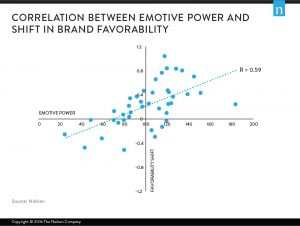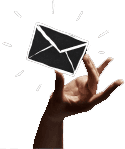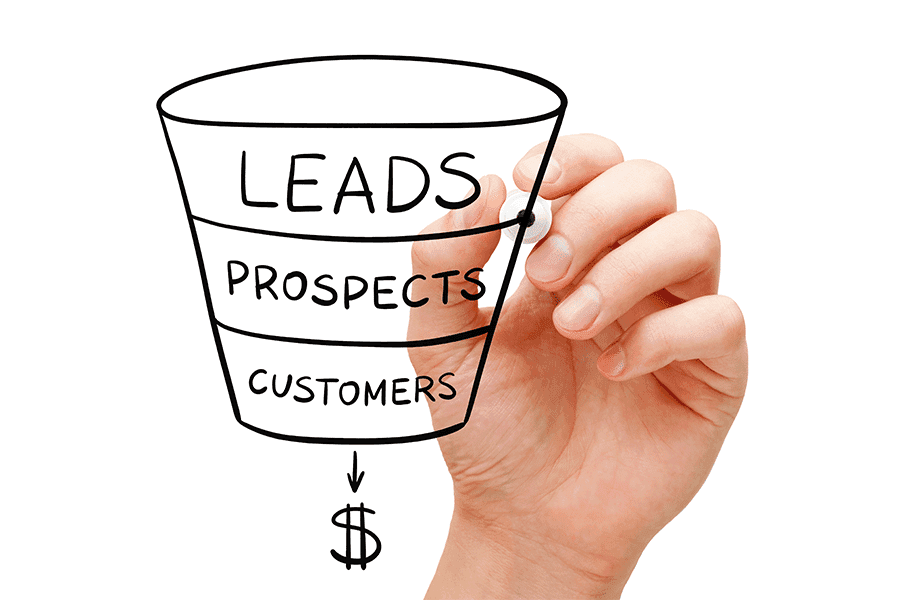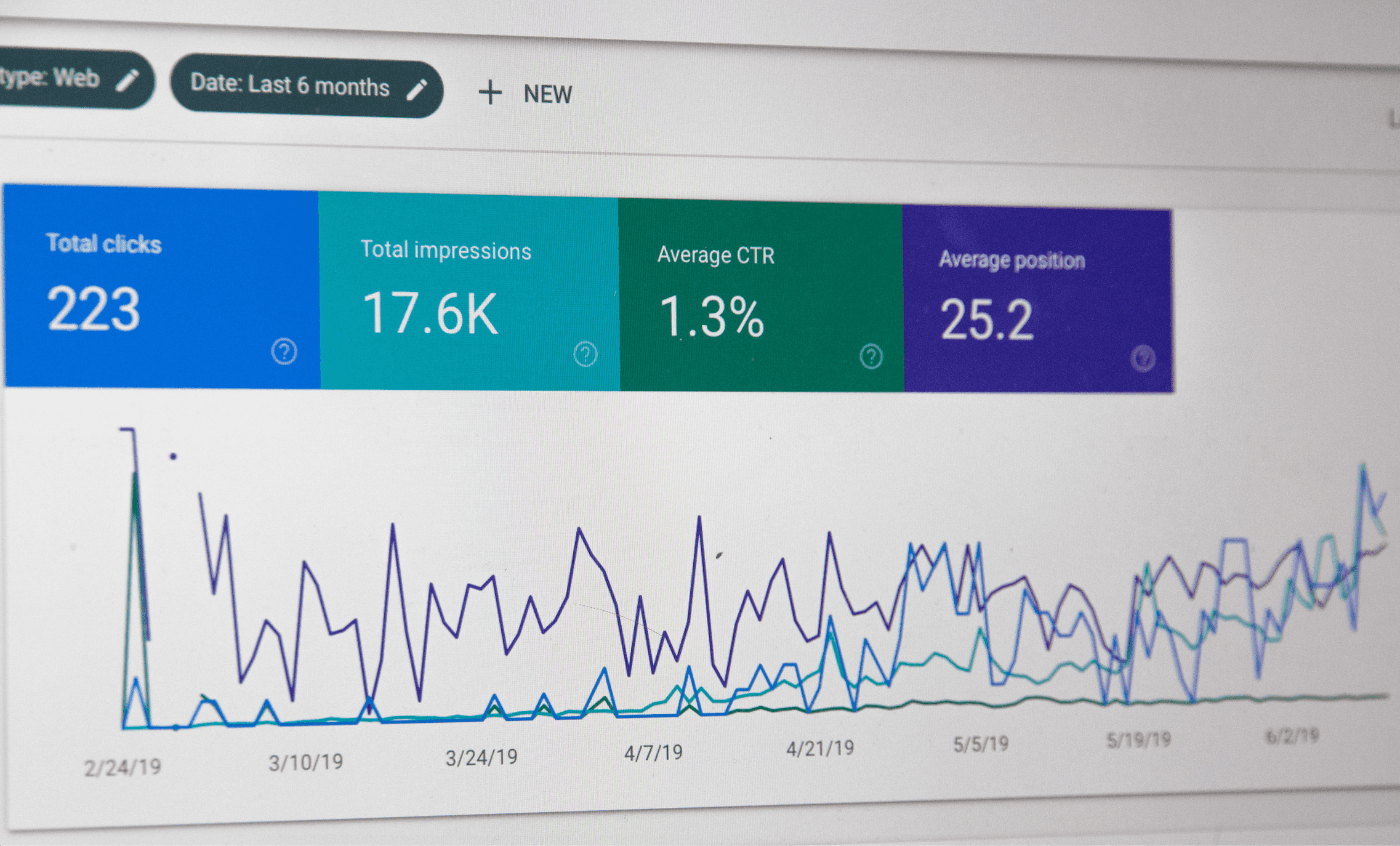What is “Lead Nurturing” and How Can You Do It?

Would you hire a potential employee without conducting a thorough interview and a comprehensive review of their qualifications? How about proposing to the love of your life without appreciating their background, interests, and aspirations?
These steps are undoubtedly crucial to developing secure, trusting, and meaningful relationships. People want detailed, candid information before making significant decisions and commitments.
Your business approach should follow the same path.
People need to be highly motivated, educated, and engaged with your brand in order to ultimately buy.
So, process is key. The reality is, not everyone is ready to buy from the get-go. Furthermore, it’s essential to nurture these relationships and earn the trust of your prospects.

What is lead nurturing?
Okay, what exactly are we talking about here? You may be familiar with the marketing strategy called lead nurturing. Lead nurturing focuses on fostering dynamic, personable relationships with potential consumers. These individuals may not be ready to buy immediately, but you have the power to engage accordingly and build these relationships. It’s an imperative tool for a successful, sustainable business.
Just look at the statistics. Nurtured leads produce, on average, a 20% increase in sales opportunities versus non-nurtured leads (Demand Gen Report, 2014). Also, 64% of marketers say that they saw the benefits of using marketing automation within the first six months of its implementation (Regalix, 2015). For more incredible statistics and trends on lead nurturing, check out this informative article.
The bottom line is: lead nurturing is a necessity for strengthening your network and improving your business.
Numerous research studies show that email marketing is the most effective strategy for lead nurturing. A recent study by Experian examined email marketing practices and found that personalized emails can generate revenue up to six times higher than non-personalized campaigns.
Let’s look at some valuable ways to use email marketing effectively.
-Know your audience
When attracting new leads, remember where they are in the process. You may be tempted to seek out more details, but it’s important to set limits and only ask for the vital pieces of information. In fact, asking for more can actually thwart the development of business-to-consumer relationships. A study by Marketing Sherpa found that each additional form field decreased conversions 11%. Furthermore, obtain the most worthwhile pieces of information in order to gain knowledge about your prospects and keep them immersed in your brand. In addition, ask yourself: what incentive are you offering new subscribers? Create a powerful lead magnet – a PDF checklist, a free webinar – to acquaint and get your prospects excited about your brand. Need some guidance? Check out our recent blog on cultivating effective lead magnets.
-Utilize well-constructed automated emails
Pardot defines automated lead nurturing as “the process of sending a series of automated emails that will trigger based on a person’s behavior or a preset time interval.” The goal with automated emails is to obtain high deliverability (how many emails successfully make it to the inbox), as well as open and clickthrough rates. Basically, you’re utilizing a methodical system to maximize traffic and generate favorable outcomes. Automation is all about timing. Therefore, it’s critical to scrutinize your timing options and set an effective schedule. There’s a multitude of research that can guide you in determining the optimal time to send emails. For example, data shows that Tuesday, in comparison to other days, has the highest email open rate. Research has also found that emails sent late morning get the highest percentage of opens. Fortunately, automation allows you to keep tabs of customer behavior by providing you with analytics to help you refine these campaigns. No more guesses or missed opportunities – automation is the quintessential marketing technique.
-Personalize your emails by using segmentation
Unsurprisingly, any generic email will most likely go straight to the trash. A few concrete ways to make emails personable are putting the lead’s name at the top, addressing from different departments of your business (founder, member of sales team, etc) and using the process of segmentation. Segmentation is a wonderful tool to help effectively customize your content. Divide your prospects into categories, getting as specific as possible.
*Demographic segmentation: age, gender, occupation, income
*Geographic segmentation: country, state, city, region
*Psychographic segmentation: interests, activities, attitude, lifestyle

For example, this email from Urban Outfitters – promoting feminine, springtime dresses – is geared towards a very particular type of consumer. Certain demographic, geographic, and psychographic have clearly been considered- perhaps gender, lifestyle, and region. The idea is to gather, break down and use specific data to target your prospects and design the most pertinent content.
-Educate Leads with Appropriate Content
This step is critical. You want to reach people with the information they actively need. Examine where your prospects are in the buyer’s journey and create content based on that.
To determine the type of content to send your prospects, look at their online trends and patterns – what pages they frequently visit, downloads they’ve made, and social media behaviors. Once you analyze that information, you can start developing content that will best serve their needs.
Here are some examples of content to use for each stage.
*Awareness Phase: industry research, blog posts, e-guides, infographics
*Consideration Phase: product comparison guides, webinars
*Decision Phase: case studies, product reviews, customer testimonials, free trials
Remember that you’re trying to motivate the prospective consumer, so don’t forget to provide an accessible and personable incentive. Once again, let’s circle back to the importance of lead magnets. A key quality of a successful lead magnet is helping people solve a real problem they’re experiencing. Explore and conduct in-depth research on consumer pain points. Prepare content that will guide prospects with substantial steps and solutions. Raise the bar. Remind yourself that it’s a process. What’s the outcome of providing users with carefully planned and skillfully executed content? Higher customer engagement and enthusiasm that will remarkably enhance your business. It’s a win, win situation.
Now that we’ve discussed email marketing and how to use it effectively, let’s take a look at nurture campaigns, and how to implement them. Nurture campaigns, designed to guide prospects with valuable information, are a series of emails generated from data on a lead’s behavior and their current relationship with your brand.
1. Introduction/Welcome Campaign
This campaign is all about introducing prospects to your company. Familiarize them with who you are, as well as what services and solutions you have to offer. Provide a strong lead magnet and create a compelling first impression. You want to educate these new visitors without overwhelming them. The welcome campaign is a great opportunity to initiate a connection and establish the beginnings of a meaningful relationship.
2. Top of Mind Campaign
This campaign is designed for those leads who are not yet ready to buy. The top of the mind drip stretches over a longer period of time, allowing you to check in at consistent intervals and stay on prospects’ minds. Content should be valuable to leads; good examples include blog posts, industry news, webinars, and videos. Emails should include a call to action and utilize natural language and a casual tone.
3. Remarketing Campaign
This is designed for the prospect who has shown some interest in your brand – visiting your website or social media account, using your mobile app, sending an email – but has not taken further action. A smart way to retarget your visitors is with personalized, emotion-based advertising. A Nielsen study, conducted in 2015, found a major link between emotive power and brand favorability.

4. Accelerator Campaign
Your prospect has been ready for some time and moving along rapidly – but suddenly things have hit a wall. Don’t give up. The accelerator campaign utilizes relevant information to help bring the process up to speed again.
5. Customer Lifecycle Campaign
So you’ve sealed the deal – your prospect is now a consumer. Yay! It’s still important to retain their interest and continue the dialogue. Newsletters, special promotions, renewal emails, and free webinars are all great ways to nurture these relationships, inspire loyalty, and create grounds for positive outcomes.
Ready to get started? Get to know your audience and use these tips and tools to help you engage prospects and ultimately grow your business! Feeling a little overwhelmed? That’s ok – just focus on one step at a time. Plus, there’s lots of reliable resources to help you along the way. Try out Klaviyo – it’s an excellent marketing automation and email platform that allows you to analyze customer trends, build segments, and kick that nurture campaign into high gear! Good luck!









